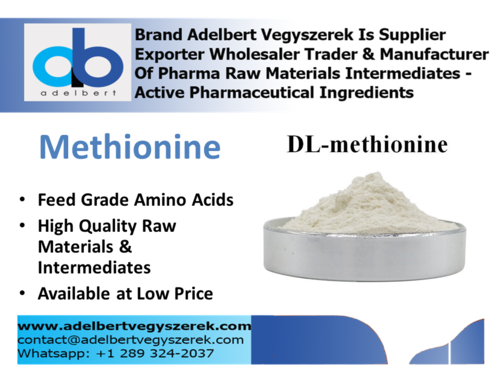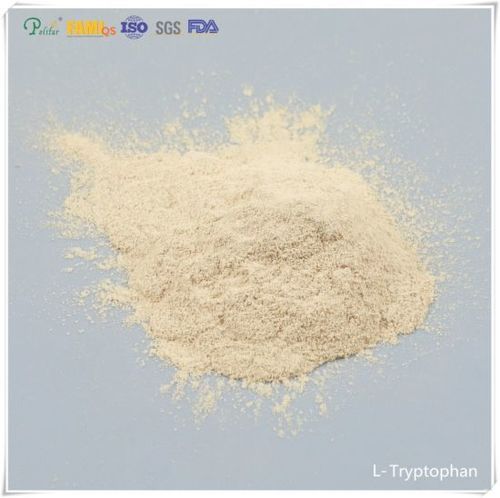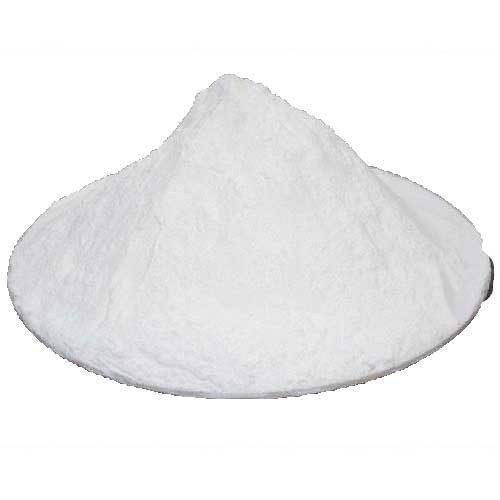Product Description
L-Threonine is an essential amino acid that helps to maintain the proper protein balance in the body. It is important for the formation of collagen, elastin, and tooth enamel, and aids liver and lipotropic function when combined with aspartic acid and methionine. The offered L Threonine is a product of high-purity feed-grade amino acids and is usually applied as a supplement in poultry feed. At a purity level of 99%, its application is very indispensable in maintenance for proper growth and development in animals. Water soluble, it might be easily incorporated into various feed formulations. It has a non-specific smell and ensures the minimal affecting of the feed product. L Threonine is stable on the shelf for at least two years and can be kept at room temperature. This product is primarily used to enhance poultry feed to improve animal health and productivity in an economical manner.Amino acid metabolism involves: 1) protein synthesis and degradation, 2) incorporation of amino acid nitrogen into uric acid, 3) conversion of amino acid carbon skeletons into glucose, fat, energy, or C02 and H20, and 4) formation of non-protein derivatives. Threonine participates in protein synthesis, and its catabolism generates many products important in metabolism (i.e., glycine, acetylCoA, and pyruvate). Poultry are not capable of synthesizing threonine de novo which makes it a nutritionally essential amino acid. Threonine (2-amino-3-hydroxybutyric acid, QH9N03) has a molecular weight of 119.12 and contains 11.76% nitrogen.
Because threonine, unlike most amino acids, is not transaminated, animals do not utilize its D-isomer and a-keto acid. DL-threonine has both a and /3 carbons, which are asymmetric and can yield four isomers: L (2S, X), D (2R, 3R), L-all0 (2S, 3R), and D-allo (2R, 3s). Baker [5, 61 suggested that DL-threonine should provide no more than 25% biological activity, which is based upon one-fourth of the molecule being L-threonine. Thus, poultry can utilize only L-threonine.

 English
English Spanish
Spanish French
French German
German Italian
Italian Chinese (Simplified)
Chinese (Simplified) Japanese
Japanese Korean
Korean Arabic
Arabic Portuguese
Portuguese








